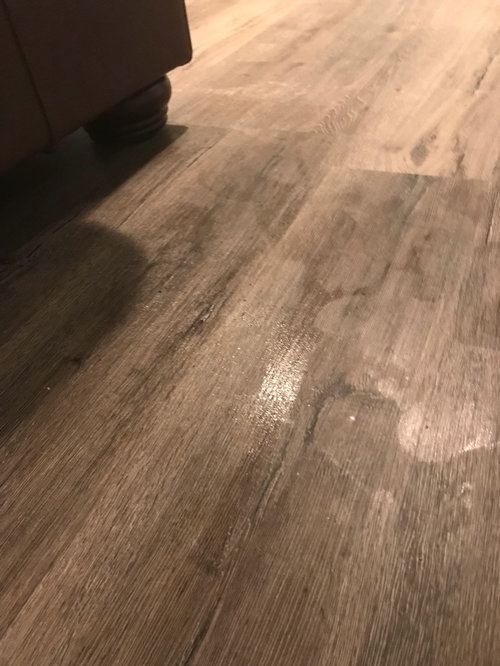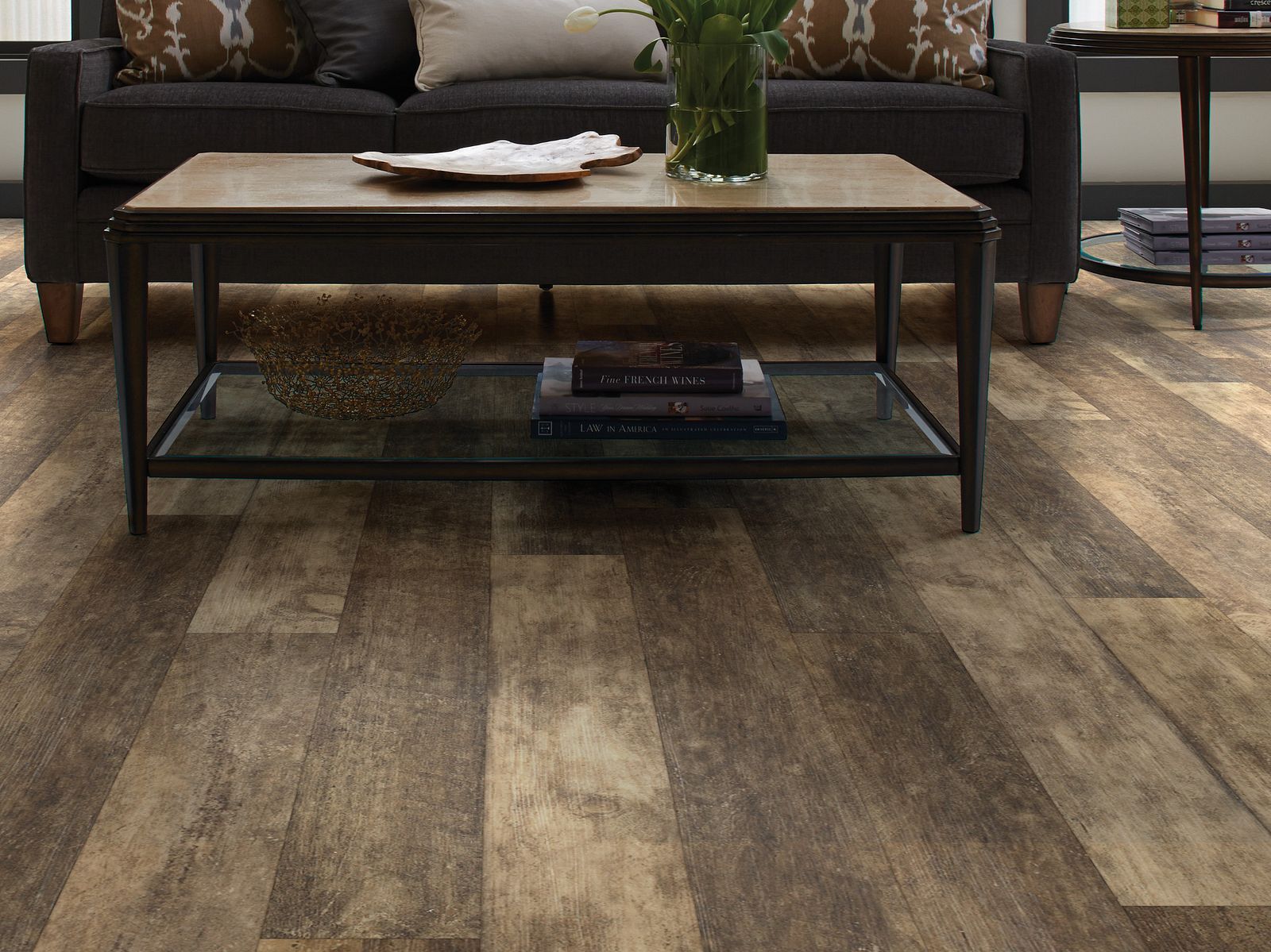They have the potential to release moisture into the structure creating an inward vapor that doesn t exist with vinyl siding.
Is a moisture barrier necessary for vinyl flooring.
Where is the wall located.
These are typically used for floating floor applications.
If you are adding an exterior wall anywhere in the house and you answered yes to either of the above questions you should consider using a vapor retarder.
Avoid fully impermeable barriers such as polyethylene or vinyl wall coverings on spaces that are air conditioned.
In existing spaces oil based paints or vapor barrier latex paints offer an effective moisture barrier.
Omit plastic when covering bare wood subfloors thereby allowing the subfloor to breathe.
This is also an extra piece of protection if you have any water leaking underneath the vinyl planks.
A moisture barrier may or may not be needed to insure good adhesion of your vinyl floor so do your homework to avoid problems later on down the road.
The visqueen acts as a barrier between the flooring and the sub floor and allows the vinyl planks to float above the sub floor and smoothly expand and contract with the temperature and humidity changes in your home.
Some underlayments have a built in moisture barrier.
All laminate flooring requires an underlayment to allow the floor to float and give the locking system its strength and in particular cases you will need to use a moisture barrier bestlaminate blog a helpful resource for your laminate vinyl and hardwood flooring projects.



























